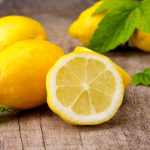Eggshells
Eggshells have many advantages: they are a source of organic calcium, clean, very easily absorbed, and in terms of price, they are incredibly cheap, costing you no money. Not only that, eggshells contain up to 27 different minerals, such as iron, manganese, phosphorus, zinc, fluorine, copper, molybdenum, chromium, and strontium… all necessary for the body’s health.
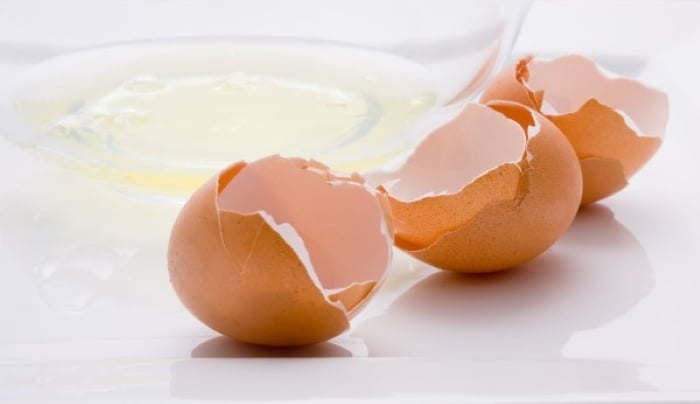
Eggshells contain up to 27 different minerals
According to nutrition experts, eggshells are an excellent source of natural calcium and minerals for the human body. Clinical trials with eggshell powder published in the International Journal of Clinical Pharmacy Research have shown many excellent properties of eggshell powder, such as:
- Preventing bone loss in people, preventing osteoporosis
- Increasing bone density and flexibility for postmenopausal women
- Stimulating cartilage production and growth
- Reducing pain and increasing bone elasticity in postmenopausal women or those with osteoporosis
- Preventing bone loss
Fruit Peels
Fruits with peels like oranges, lemons, and grapefruits contain a lot of nutrients in their peels. In the peels, the vitamin C content is 5 times higher than in the flesh, and the peels also contain a lot of fiber, vitamins, and minerals such as riboflavin, thiamin, niacin, folate, vitamin B6, vitamin B5, vitamin A, calcium, iron, potassium, zinc, and magnesium…
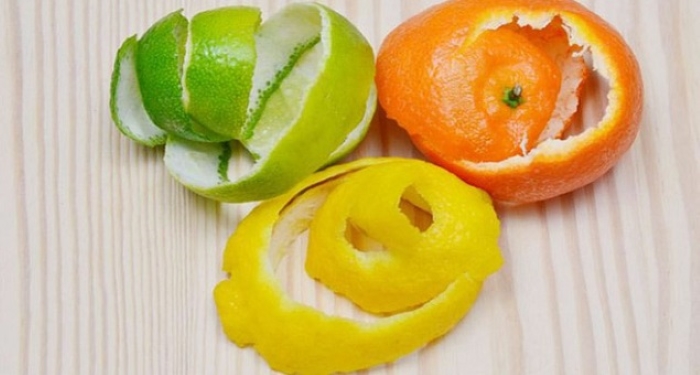
Fruit peels have high levels of vitamins and minerals
Therefore, instead of throwing away the peels, you can wash them, cut them into small pieces, and add them to tea, salads, or any dish you like. Or simply put them in a blender and blend them with other foods to maximize the health benefits.
Banana Peels
Bananas are very good for human health, but we often have the habit of throwing away the peels after eating them.
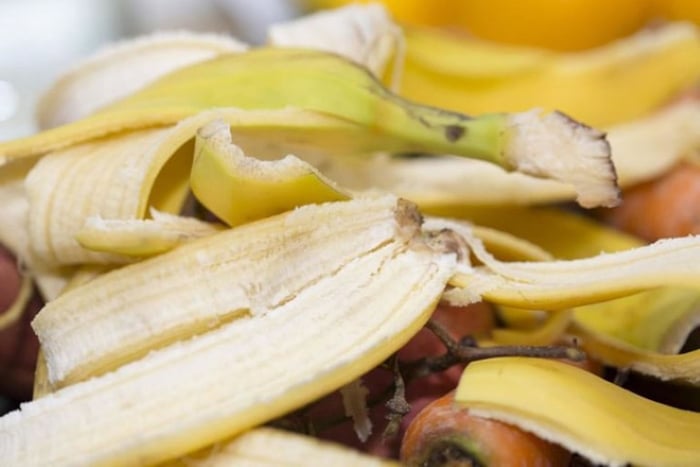
Banana peels have good anti-inflammatory effects
According to scientists, banana peels are rich in vitamin B6, B12, vitamin C, magnesium, potassium, carbohydrates… and some other nutrients.
In addition, banana peels contain a compound that can inhibit the growth of fungi and bacteria, so they have anti-inflammatory effects, take care of oral health, treat headaches, or treat cracked hands.
Watermelon Rinds
When eating watermelon, instead of throwing away the rinds, cut and keep the white part inside. The white part of watermelon rinds contains amino acid Citrulline, which is converted into arginine in the body, helping to improve circulation and increase blood flow, improve heart health, and reduce muscle fatigue.
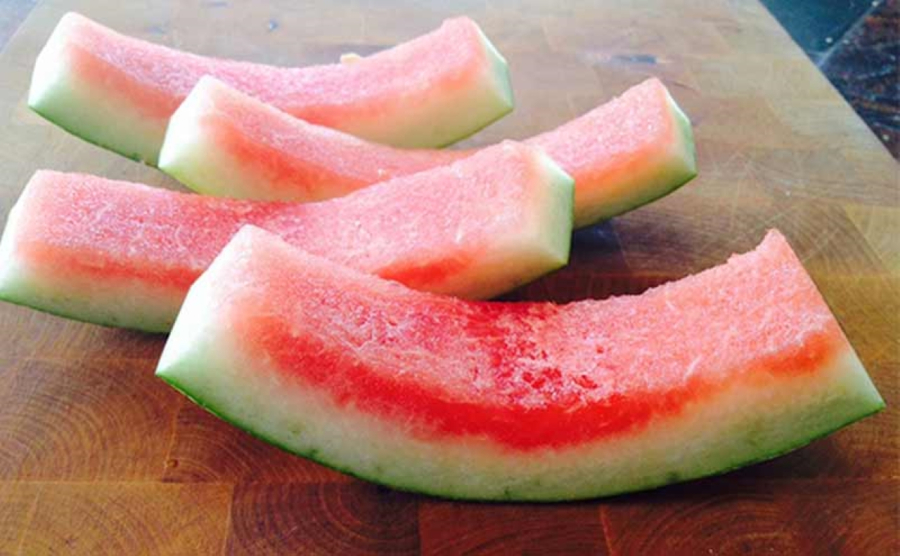
Watermelon rinds help boost the immune system and improve certain diseases
Moreover, the white part of watermelon rinds also contains vitamin C and B6, which effectively enhance the immune system. You can cut and use this white part to make smoothies, mix in salads with other fruits, or eat it alongside watermelon.
Fruit peels, such as those from oranges, lemons, and grapefruits, are packed with nutrients. They contain significantly higher levels of vitamin C and fiber than the fruit’s flesh, as well as a host of vitamins and minerals. By adding these peels to your tea, salads, or dishes, you can maximize the health benefits of the fruit. Alternatively, blending them with other foods is a simple way to consume the peels and access their nutritional value.
Banana peels have excellent anti-inflammatory properties due to their rich vitamin and mineral content, including vitamins B6, B12, and C, magnesium, and potassium. They can inhibit the growth of fungi and bacteria, benefiting oral health and treating headaches and cracked hands.
Watermelon rinds, specifically the white part, contain the amino acid Citrulline, which is converted into arginine in the body. This helps improve circulation and heart health while reducing muscle fatigue. Additionally, the presence of vitamins C and B6 boosts the immune system. You can easily incorporate the white part of watermelon rinds into smoothies, salads, or enjoy it alongside the fruit.


























